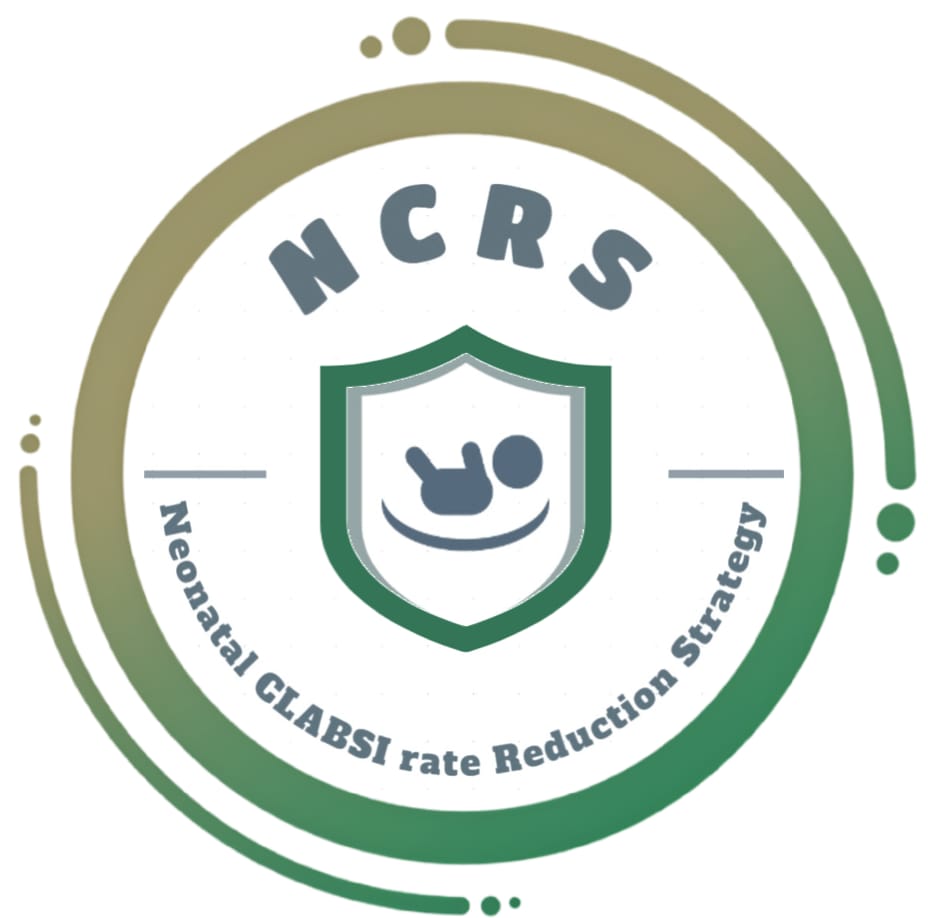Neonatal CLABSI Reduction Strategy (NCRS)

Get unlimited access to all learning content and premium assets Membership Pro
Neonatal CLABSI Reduction Strategy (NCRS)

CLABSI (Central line-associated bloodstream infections) are one of the most common healthcare-associated infections in neonatal intensive care units. It is a significant concern leading to increased morbidity, mortality, neurodevelopmental outcomes, and healthcare costs. In Saudi Arabia, the current rate of neonatal CLABSI is 3.7/1000 central line days. Factors that increase the risk for CLABSI include intrinsic factors, such as immunologic immaturity and poor skin integrity, and extrinsic factors, such as frequent and prolonged catheter use, and frequent catheter manipulation associated with the need for medication and total parenteral nutrition. Clinical decisions that can potentially increase or decrease the risk for CLABSI (e.g., the choice of central line type or insertion site, the timing of catheter removal or replacement).
➡️Vision
A future where every neonate in NICUs is protected from CLABSIs
➡️Mission
To reduce CLABSI rates in NICUs through evidence-based practices, collaboration, and continuous quality improvement, ensuring the health and safety of neonates.
➡️Aim
To reduce the current national rate of the CLABSI in NICUs by 50% from 3.7/1000 central line days to 1.8/1000 central line days in the targeted NICUs, distributed throughout the Kingdom from 1st April 2024 to 31st March 2027 (for 3 years).
Curriculum
- 1 Section
- 1 Lesson
- Lifetime
Infection Control Academy - AlAhsa
Get unlimited access to all learning content and premium assets Membership Pro
You might be interested in
-
All levels
-
1 Student
-
1 Lesson
-
All levels
-
1 Student
-
1 Lesson
-
All levels
-
0 Students
-
1 Lesson
-
All levels
-
2 Students
-
1 Lesson
Sign up to receive our latest updates
Get in touch
Call us directly?
Address
Quick Access
- All content © Infection Control Academy – AlAhsa. Powered by Hasa-ic.
- Developed With Precision By The Horsemen Of Marketing.




